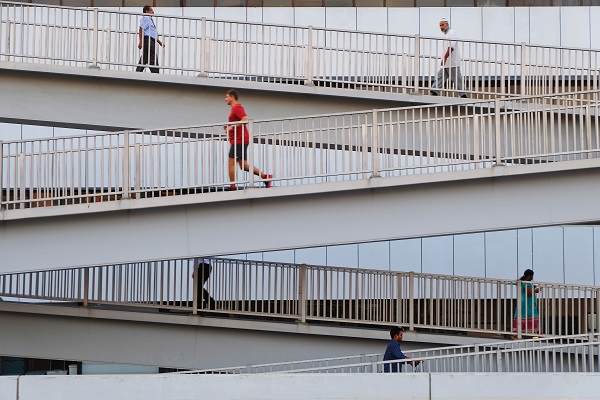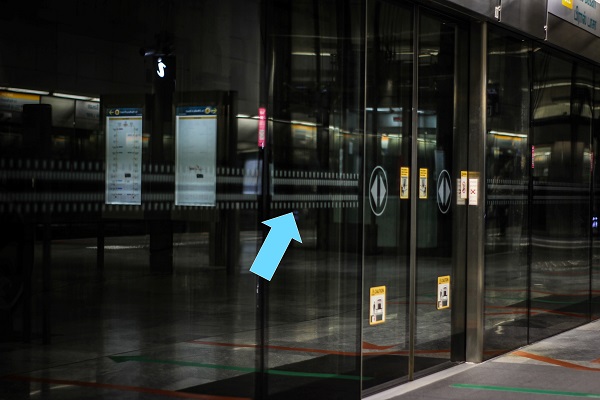
Hot desking is a form of workplace seating where employees are not assigned with permanent and fixed desks anymore. They come in to the office and just take whatever seat that is available to them. This type of seat arrangement is common in co-working space.
The general idea behind this seating arrangement is to save space and thus operating cost. Imagine you have 50 employees and there is hardly a day where everyone is reporting to the office. Some may be on annual leave, some on sick leave and one of your part-time employees are not coming in for the day. Hence, you do not need a desk for everyone. Continue reading “Hot Desking and Its Problems”




